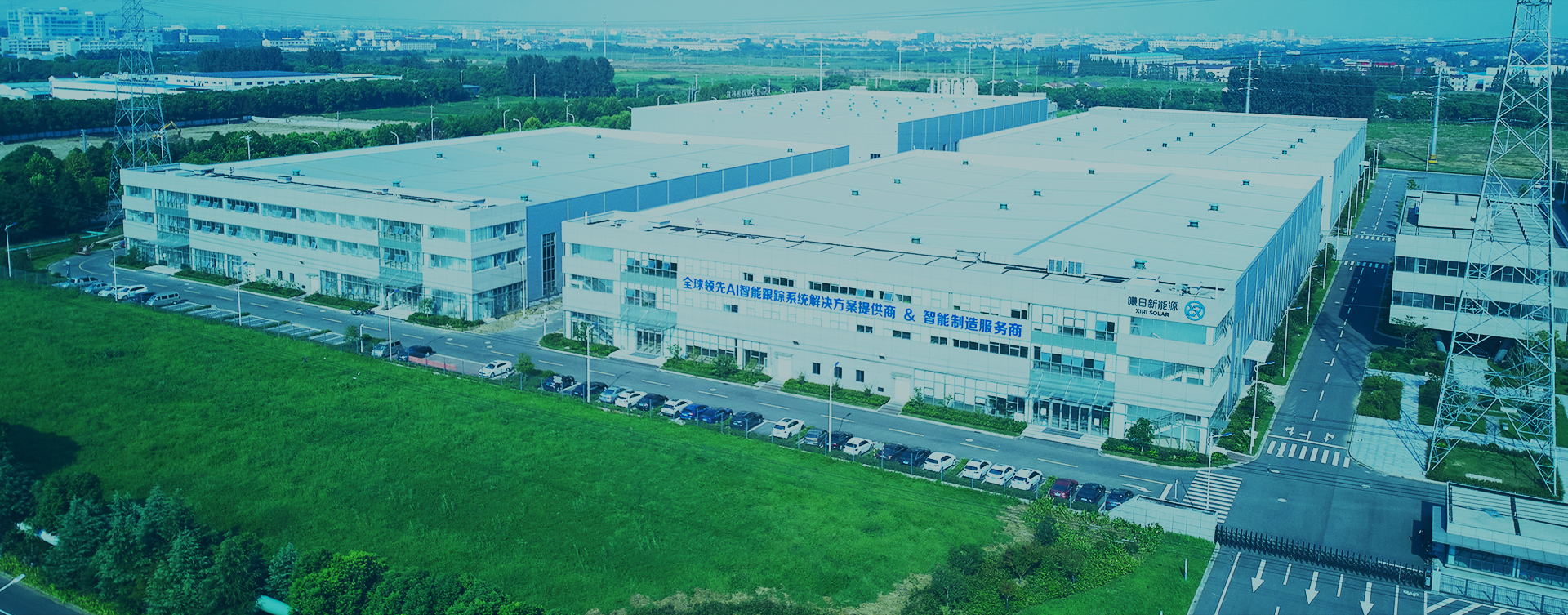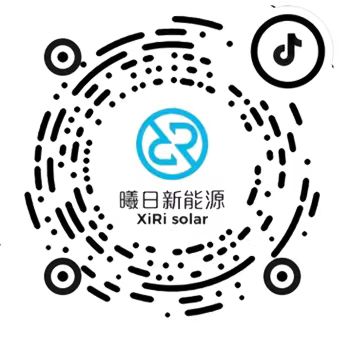Comparison and selection of steel and aluminum materials for photovoltaic brackets:
1、 In terms of material strength
Steel is generally superior to aluminum alloy profiles in areas with strong winds and large spans.
2、 In terms of deflection and deformation
The deflection deformation of a structure is related to the shape, size, and elastic modulus of the profile (an inherent parameter of the material), but not directly related to the strength of the material. Under the same conditions, the deformation of aluminum alloy profiles used in solar aluminum brackets is 2.9 times that of steel, and the weight is 35% of steel. In terms of cost, under the same weight, aluminum is three times that of steel. Therefore, steel is generally superior to aluminum alloy profiles in strong wind areas, with a relatively large span, and in terms of cost.
3、 In terms of corrosion prevention
At present, the main anti-corrosion method for brackets is hot-dip galvanized steel 55-80 μ m. Aluminum alloy is anodized 5-10 μ M. Aluminum alloy is in the passivation zone in atmospheric environment, and a dense oxide film is formed on its surface, which hinders the contact between the active aluminum substrate surface and the surrounding atmosphere. Therefore, it has excellent corrosion resistance, and the corrosion rate decreases with time. Steel under normal conditions (C1-C4 environment), 80 μ The galvanized thickness can ensure a service life of more than 20 years, but in high humidity industrial areas, high salinity coastal areas, and even temperate seawater, the corrosion rate accelerates, and the galvanized amount needs to be 100 μ m. The above and require regular maintenance every year. Aluminum alloy is far superior to steel in terms of corrosion resistance.
4、 Comparison in other aspects
(1) Appearance: There are many surface treatment methods for aluminum alloy profiles, such as anodizing, chemical polishing, fluorocarbon spraying, electrophoretic painting, etc. Beautiful appearance and able to adapt to various strong corrosive environments. Steel is generally coated with hot-dip galvanizing, surface spraying, paint coating, and other methods. The appearance is inferior to aluminum alloy profiles. In terms of corrosion resistance, it is also inferior to aluminum profiles.
(2) Cross section diversity: The general processing methods for aluminum alloy profiles include extrusion, casting, bending, stamping, etc. Extrusion production is currently the mainstream production method. By opening extrusion molds, it is possible to produce profiles of any cross-section, and the production speed is relatively fast. Steel is generally produced by rolling, casting, bending, stamping, and other methods. At present, roller pressing is the mainstream production method for producing cold-formed steel sections. The cross-section needs to be adjusted through a roller set, but generally machines can only produce similar products after shaping, and the size can be adjusted. The shape of the cross-section cannot be changed, such as C-shaped steel, Z-shaped steel, and other cross-sections. The roller pressing production method is relatively fixed and the production speed is relatively fast.
5、 Comprehensive performance comparison
(1) The aluminum alloy profiles used in solar aluminum brackets are lightweight, aesthetically pleasing, and have excellent corrosion resistance. They are generally used in roof power plants with load-bearing requirements and in highly corrosive environments, such as Baowei color steel plate systems and chemical power plants. Using aluminum alloy brackets will have better results.
(2) Steel has high strength and small deflection deformation when subjected to loads. It is generally used in ordinary power plants or for components with relatively high stress.
(3) In terms of cost: In general, the basic wind pressure is 0.6kN/m2, and the span is below 2m. The cost of aluminum alloy brackets is 1.3-1.5 times that of steel structural brackets. In small span systems, such as color steel plate roofs, the cost difference between aluminum alloy brackets and steel structural brackets is relatively small, and aluminum alloy brackets are much lighter in weight than steel brackets, making them very suitable for rooftop power stations.
In areas with strong winds and large span requirements, using steel supports has significant economic benefits.
The article cites the internet


